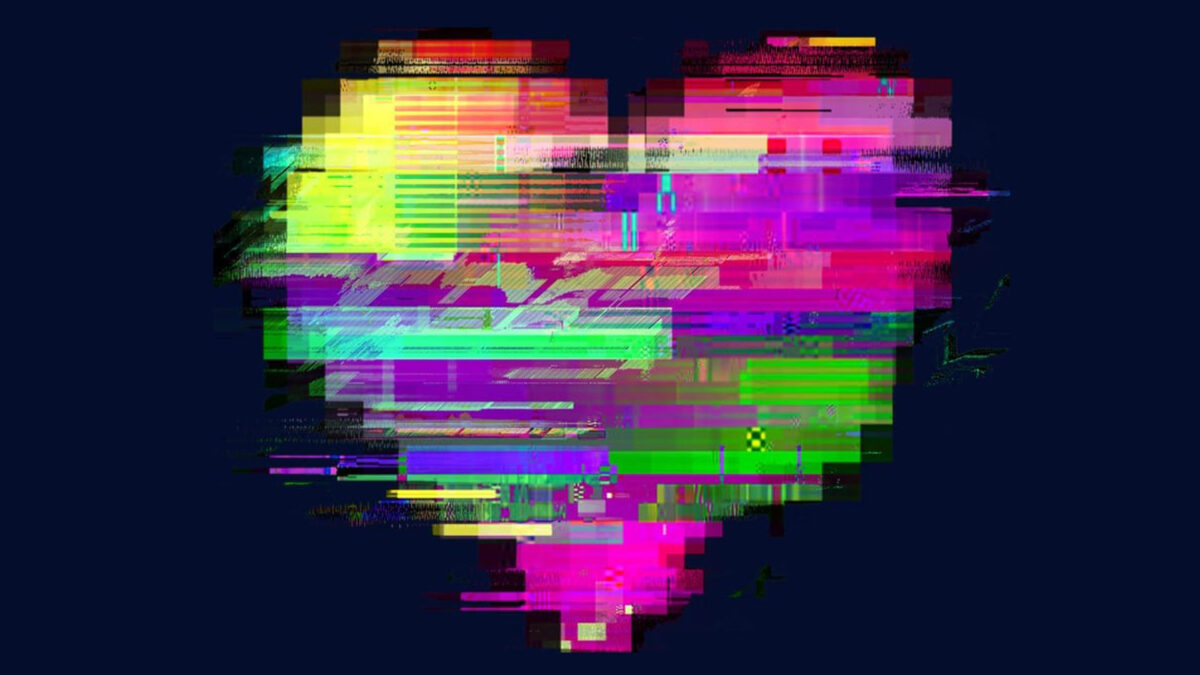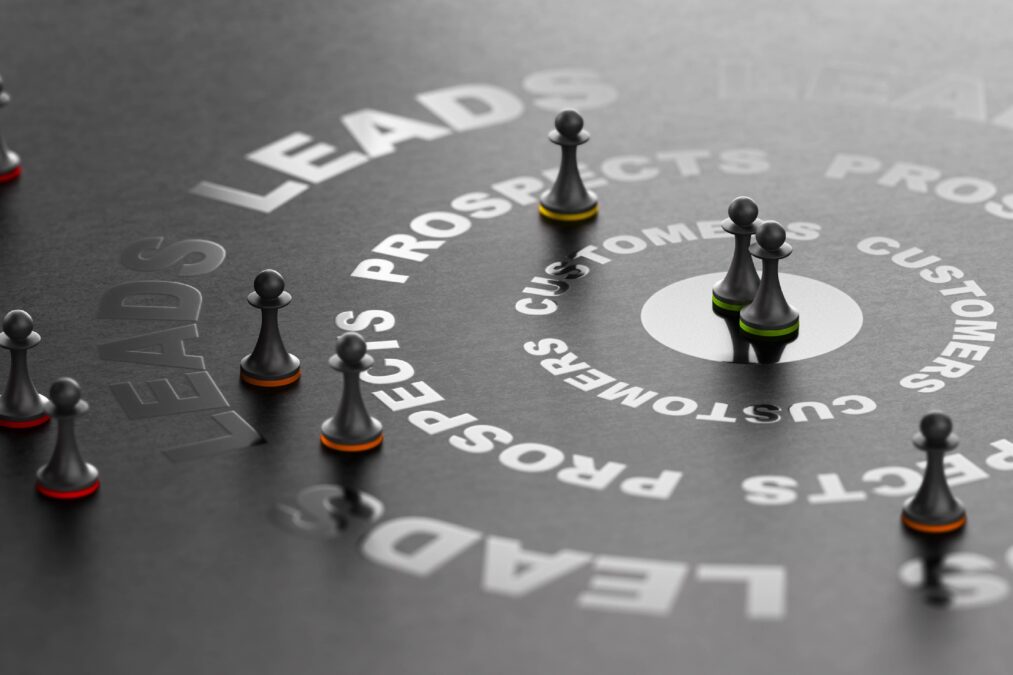The pace of change is happening faster than ever before, though. Relatively speaking, this moment right now is the slowest pace of change that we will ever experience again.
As a whole, we as people tend to overestimate change in the short term and underestimate it in the long term. Oftentimes we even think the change is irrelevant to us—for instance, “I’m not a financial institution, so I don’t need to care about Blockchain.” That common assumption is wrong. The reasons that spurred the change in the first place will affect everyone and every brand.
In the case of Blockchain, the change is about how people now want to buy, the demand for complete transparency, a distrust of institutionalized brands and an inclusive space everyone can become a part of.
The customer of the future is vastly different from that of today. Within 10 years, the way people consume and expect brands to meet their expectations will be based on a new, fluid, instantaneous and “about me” lifestyle that is rapidly being incubated.
There are six trends that will define customers in 2030*:
- A life in flow
- On-demand everything
- Exponential intelligence
- Transparent existence
- The omnipotent individual
- Synthetic reality
A life in flow
A life in flow is about enhanced flexibility and de-localization, with pursuit of freedom as the underlying driver. “Me things” are becoming “we things,” and technology has allowed consumers to untie many binds. Value will migrate to the brands and platforms that keep you in flow, rather than those that keep you in place—those that have moved toward flexibility in designing the life we want, instead of one confined by dedicated work and play spaces. This new universal living is blurring the lines between the roles of specific locations, and new technologies have allowed us to do anything from anywhere.
Example: We’ve gone from not having landlines to not having permanent homes. Roam lets jet-setters pay a global rent for access to luxury accommodations, amenities and services worldwide.
Thought Starter: Consumers will have more flexible time as they continue to let go of things that tie them to a specific location (jobs, contracts, mortgages, etc.). Provide opportunities for the customer of the future to spend this newly found time engaging with your brand.
On-demand everything
Instant access. Effortless automation. Immediate gratification. Predictive intelligence. Consumers of the future will want them all. Consumers already want it all.
The appetite for the instant has become insatiable, and on-demand culture will fundamentally change how we spend our time and what we expect from brands, products and experiences. We are already seeing this on-demand life in action: the revolution will not be televised, it will be streamed and binge-watched on an iPhone via IGTV.
Customers will demand not only immediacy, but accuracy too. Brands that give people the opportunity to speed up the decision-making process and access what they want, when they want it, will be the ones to succeed in the no-longer-distant future.
Thought Starter: Either provide a mechanism for, or provide respite from, the speed that will dominate how consumers live, perceive and experience.
Exponential intelligence
Expertise is shifting from the human to the artificial. The increase in connected devices has led to the expectation of information and a preference for crowdsourced wisdom over the individual expert. Not knowing will be unacceptable, and the gap between the access to information and not, negligible. Whereas once brands could pride themselves on being storehouses of insider knowledge, this will now be nearly impossible.
The brands that work on the behalf of consumers and provide them the very (personalized) information they are looking for will be the ones to rise to the top.
Thought Starter: Spotlight crowdsourced wisdom as a means of collecting vast amounts of information for the consumer. Treat the machine as your first customer—it is how your customers will connect with you in the algorithm-based world. Use this user-generated and collaborative content to speak directly to the individual.
Transparent existence
In the battle between privacy and sharing, never bet against the intense gratification that comes from getting “likes.” From smart watches to smart refrigerators to smart city grids, we are entering a new phase where a web of sensors will track our every action.
Social experiences under continual monitoring are creating a new comprehensive perspective and a greater sense of connection to both individuals and businesses. Lives are now on display more than ever before, and the advantage will go to the brands that know and speak to their customers best.
Thought Starter: Companies will need to know future consumers better than ever before—their customers expect it. People are putting their entire lives online. Apply that data in a smart way and exchange it for value.
The omnipotent individual is the consumer of the future
The drive for power and control has dictated behavior since the beginning of time. Technology will now give us new opportunities to wield power in line with our personal preferences.
Products and experiences will become personalized to the unique wants of empowered customers in the near future. No thing, product or experience should be the same for two people, and everything will be tailored for each individual. The brand ecosystems that modularize and create customized experiences (mostly fueled by technology) will be the ones to rise to the top. Commerce and service will no longer be about the product, but rather about the omnipotent individual that is the consumer and the products and services designed specifically for them.
Thought Starter: This era of options marks the end of standardized experiences. Modularize to streamline and take advantage of the shift toward complete customization and the omnipotent, empowered consumer. Think about a personalized home-page experience and more.
Synthetic reality
The “phigital” world will soon become commonplace. Where today we still experience a divide between digital and real, the line that separates the two is blurring and will soon be entirely gone.
The new synthetic reality will combine the human and natural with the man-made in ways that enhance the form and function of all services and life. Immersive experiences will accrue value from identity and identity management. Brands of the future will need to form an emotional connection in all realities to retain the human bond with the consumer via a now mostly digital connection. The most intense transformational experiences will happen for free and at the touch of a button.
Thought Starter: In only a few years it will be common to live virtually in someone’s shoes or, in the case of travel, virtually visit a destination. Brands will need to create experiences that focus on bond and connection while using new technology to enhance the experience (like a VR test drive of a vacation).
If you can imagine it, it’s already possible. Don’t shape your actions around what you think is in the distant future; pretend it is already the case, because, honestly, it is. The increasing pace of change means brands need to adapt and think faster than ever before. Don’t become the next Barnes & Noble because you didn’t think the change applied to your brand or product. It does.
How brands can prepare for the consumer of the future
- Don’t just be a part of the future. Create it: Winning brands will be the ones who create with the consumers of the future in mind. Consider programs that allow you to connect with consumers and their increasingly de-centralized lives.
- Let your audience in on the process: Customers will value transparency and authenticity as the existence becomes more connected and crowd sourced. Bring consumers along on the journey and tell them the story of what goes behind your brand. Ground trust is transparency, not authority.
- Treat consumers of the future as co-creators: Consumers know they are being tracked and in return they expect to be not only understood, but also anticipated. Create customization modules that provide customers an experience unique to themselves. The future of standardization will be non-standardization.
- Understand crowd-sourced: Consumers will have knowledge to an ecosystem of intelligence comprised of complete and personalized crowd-sourced wisdom. Stand out by determining what unique informative point of view your brand can provide.
- Synthesize the future: Don’t try to ignore technology, but rather embrace it in ways that are authentic to your brand and enhance the consumer/brand experience.
If you can imagine it, it’s already possible. Don’t let what you think is in the distant future shape your actions, pretend it is already the case, because, honestly, it is. The increasing pace of change means brands need to adapt and think quicker than ever before. Don’t become the next Barnes & Noble because you didn’t think the change applied to your brand or product. It does.



